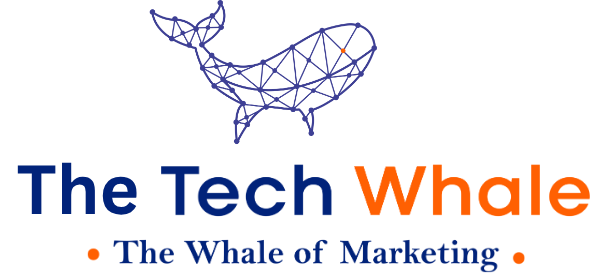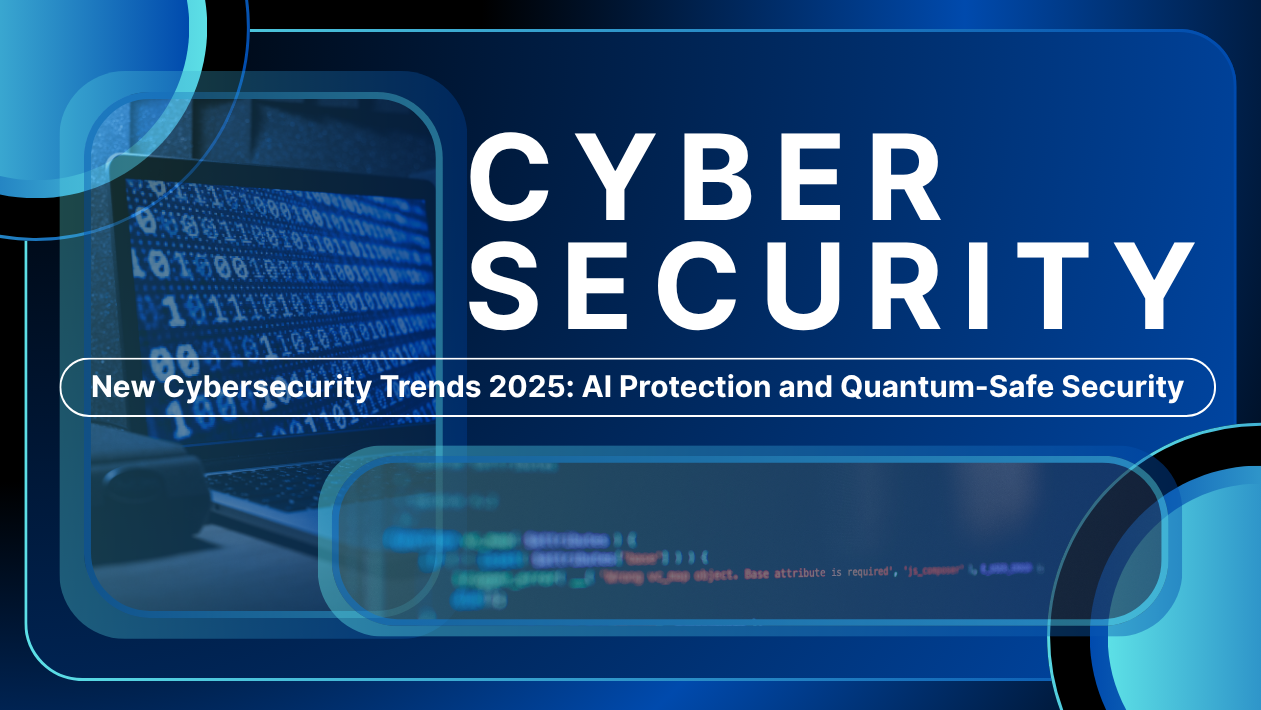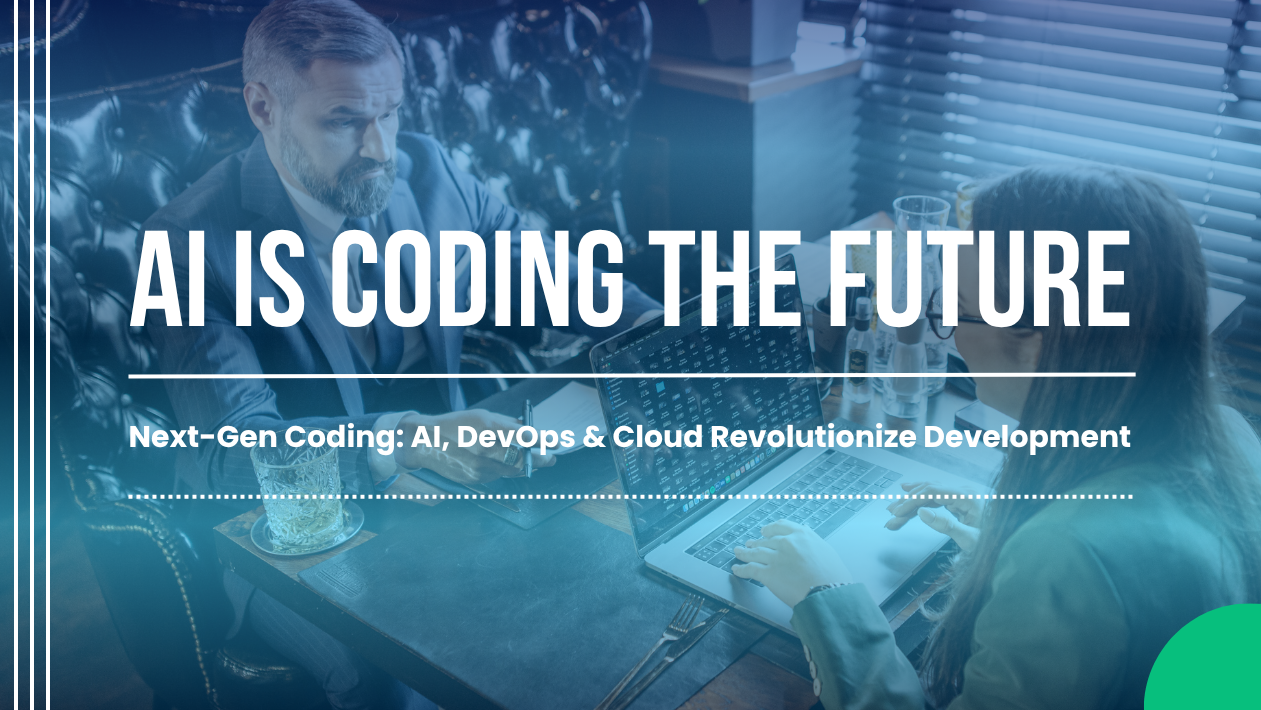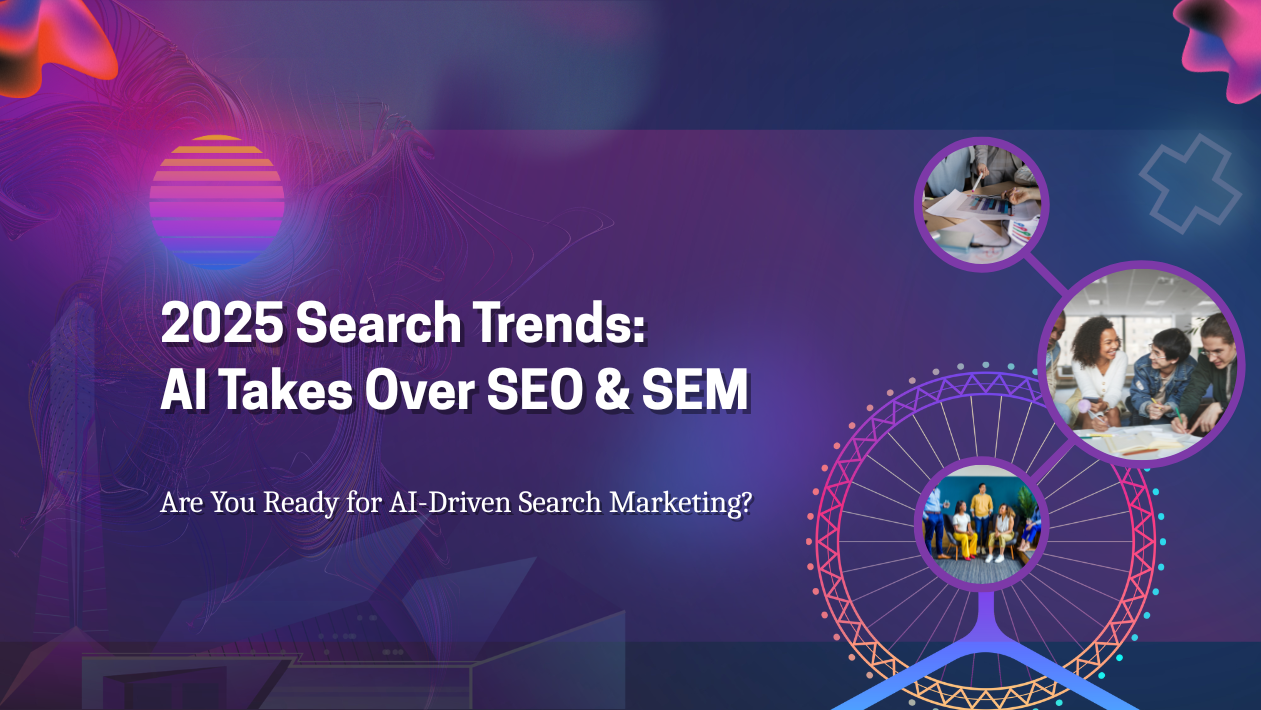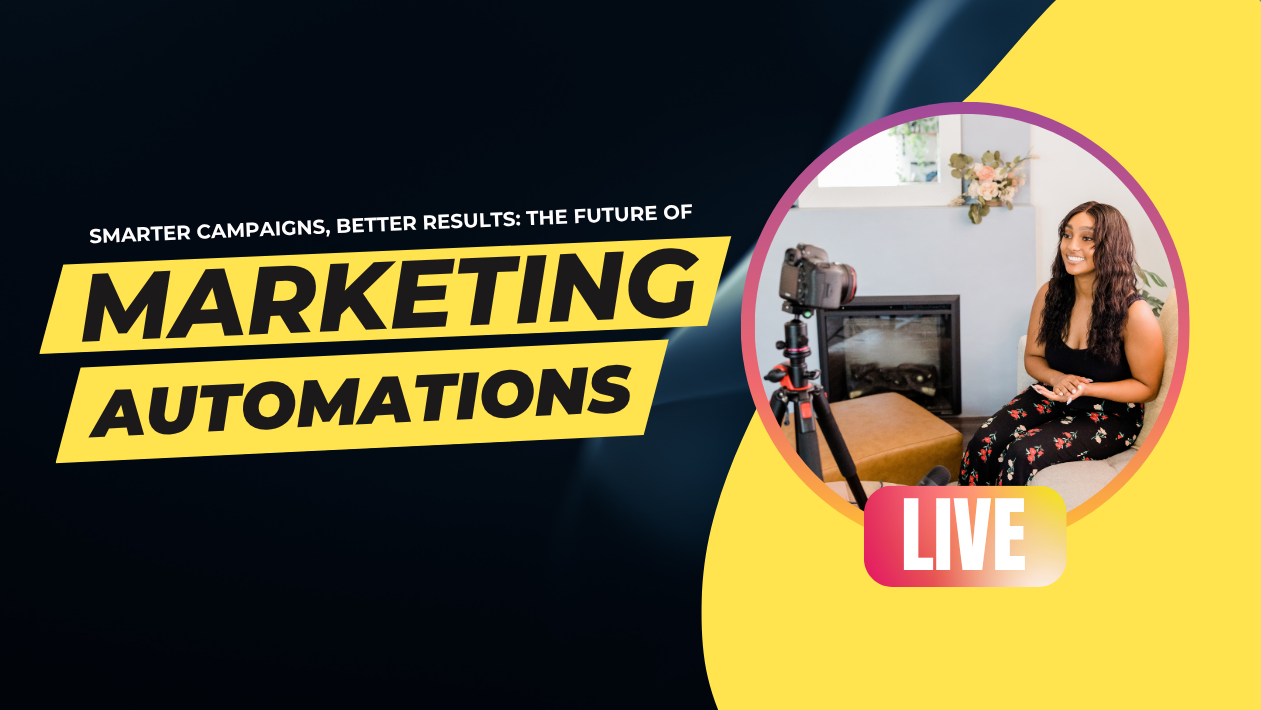In 2025, the cybersecurity landscape has become more complex than ever. As AI-generated threats, deepfakes, and ransomware-as-a-service rise, organizations are responding with AI-driven defense systems, zero-trust architectures, and quantum-resistant encryption. The global focus is shifting from detection to proactive, predictive cybersecurity.
AI Both a Threat and a Savior
Artificial intelligence is reshaping cybersecurity in two directions. On one hand, AI-powered attacks—like automated phishing, synthetic identity fraud, and adversarial AI—are growing in sophistication. On the other, AI-driven security systems are helping organizations detect anomalies, respond to breaches instantly, and predict potential exploits before they occur.
Platforms such as Darktrace, CrowdStrike, and SentinelOne are leading the charge in integrating autonomous threat detection and real-time remediation into enterprise systems.
Zero-Trust Architecture Becomes the Global Standard
The Zero-Trust model, which assumes no user or device is inherently trustworthy, has become the foundation of corporate cybersecurity strategy in 2025. Governments and enterprises now require multi-layer verification, continuous monitoring, and least-privilege access to limit internal and external risks.
According to Gartner, 92% of Fortune 500 companies have implemented zero-trust frameworks in some capacity this year.
Rise of Quantum-Ready Encryption
With quantum computing nearing commercial reality, traditional encryption standards like RSA are facing obsolescence. Tech firms are racing to adopt post-quantum cryptography to safeguard sensitive data from future quantum attacks.
Organizations in finance, healthcare, and national security are leading the shift toward quantum-safe algorithms to future-proof their networks.
Ransomware and Supply Chain Attacks Still Dominate
Despite technological advances, ransomware remains the number one global threat. Criminal groups are targeting cloud service providers, IoT networks, and even AI model repositories.
In parallel, supply chain attacks—where hackers infiltrate through trusted vendors—have grown by 60% since 2023, prompting stricter compliance under regulations like NIS2 and CISA’s cybersecurity mandates.
Human Factor Remains the Weakest Link
Even as cybersecurity tools improve, human error continues to cause nearly 70% of breaches. Companies are investing heavily in cyber awareness training, phishing simulations, and AI-assisted policy enforcement to build a culture of vigilance.
Government and Industry Collaboration Intensifies
National cybersecurity agencies are partnering with private companies to share real-time threat intelligence. The U.S., EU, and Asia-Pacific regions have launched cyber defense coalitions to coordinate responses to large-scale attacks and standardize cyber resilience frameworks.
Outlook: From Reactive Defense to Cyber Resilience
In 2025, cybersecurity is no longer just about preventing breaches—it’s about ensuring resilience, rapid recovery, and continuous trust in an interconnected world.
As digital ecosystems expand into IoT, 5G, and AI, the organizations that thrive will be those that view cybersecurity not as a cost—but as a strategic pillar of business continuity and innovation.
